What to Do if You’re in a Car Accident
By Christine Loconti, WebMD
Car crashes happen every day even among the safest of drivers. While being involved in a crash can be a scary experience, preparing ahead of time can help you feel calmer in case you ever find yourself in an accident.
Car Crashes
Chances are you’ll be involved in a car accident at some time in your life, whether it’s a small fender-bender or something more serious. Even if you’re a safe, defensive driver, driving can still be dangerous. It’s estimated that car accidents cause 30,000 deaths and more than two million injuries each year in the U.S.
Being prepared before a car accident even happens can help you feel much more calm and confident if you’re ever involved in one. Make sure you’ve got all of your necessary documentation in the car, including your vehicle registration and proof of auto insurance. You might also want to have the name and number of your insurance agent available, too.
Along with documentation, there are several other items that you can store in your car in case of an emergency, including:
- Medical information, like your doctor’s name, your allergy information, or a list of your health issues
- Emergency flares
- Orange cones
- Emergency road signs
- A pen and pad of paper to take notes
- Orange vest
- First aid kit
Stop and Assess the Scene
If you get into an accident, knowing what to do won’t just keep you safe but will also ensure that your insurance provider takes your claim. Not following the correct procedure after getting into an accident could also result in a fine.
Right after the accident, drive your vehicle to a safe spot nearby that doesn’t block traffic. While it’s normal to want to panic or get angry, take a deep, calming breath. Try to center yourself so that you can get through the situation.
Next, assess the situation. Check to see if you or the passengers in your car are hurt. If there are injuries, determine if they need medical attention. If so, you should call for an ambulance if it’s serious. If anyone in the car is seriously injured, don’t try to move them as this can cause more damage.
If you’re able to move, get out of the car and set up emergency flares or cones if you have them to warn other drivers. If you can’t get out of your car, keep your seatbelt fastened and turn on your vehicle’s hazard lights. Call 911 for emergency assistance and then wait for help.
Exchange Information
Once you’re in a safe location, calmly exchange information with the other driver. This includes:
- Name
- Address
- Phone number
- License plate number
- Driver’s license number
- Insurance company name
- Insurance policy number
Be courteous with the other driver, but also proceed with caution, especially if it’s an accident caused by road rage or with the motive of a possible carjacking. Avoid admitting fault or blaming the other driver for the accident.
While exchanging information with the other driver, you can also call the police. In some states, police will only respond to an accident if there’s an injury. In other states, police will respond to file a crash report or help mediate the situation between the drivers. After an accident, the police can help determine who is at fault and provide an accident report. Having a copy of the report can help when filing an insurance claim.
During this time, you can take pictures of the accident and surrounding scene and take notes. You want as much information as possible so that you can submit it to your insurance. Draw a diagram of the scene and try to get a picture of the other driver near their car to prove they were there and involved in the accident. You can also get the names and contact information for any witnesses nearby.
File an Insurance Claim
After being involved in a car crash, you should contact your insurance provider as soon as possible. Some insurance companies have accident forgiveness for safe drivers who have a clean record. If the accident wasn’t your fault, let your insurance provider know so they can be prepared if the at-fault driver tries to file a claim.
You need to cooperate with your insurer. They will have lots of questions and you need to answer them as truthfully and as best as you can.

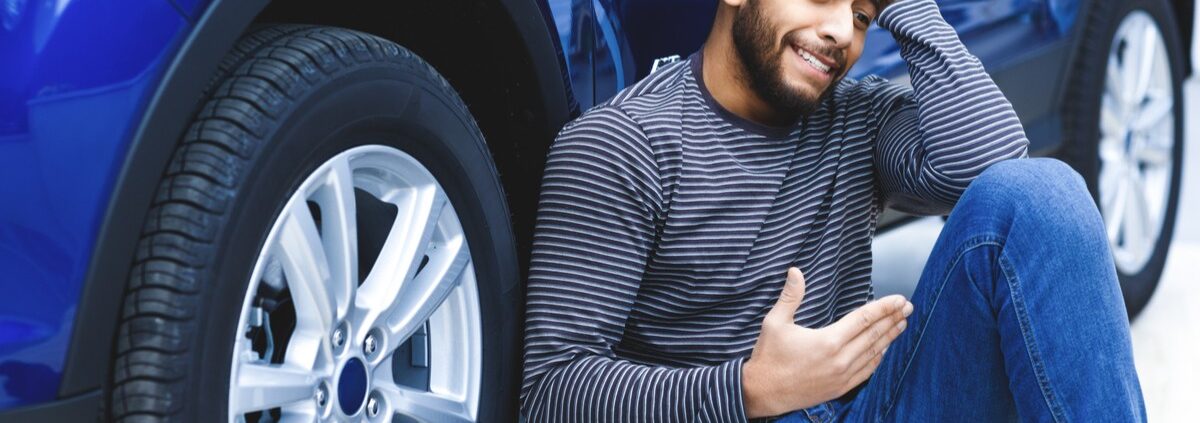
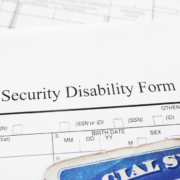



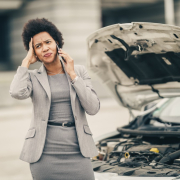

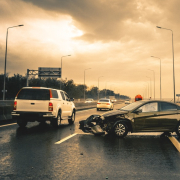
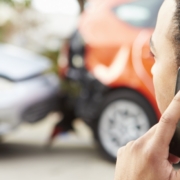


Leave a Reply
Want to join the discussion?Feel free to contribute!